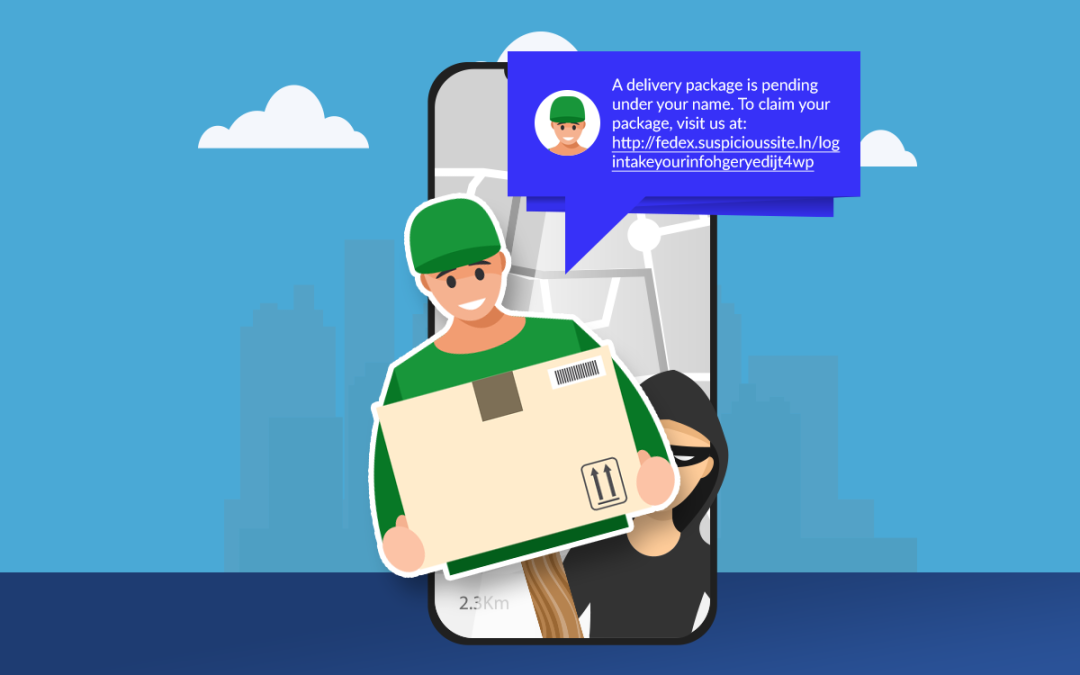
by Matt Ingram | May 17, 2022 | Blog
Learning to share is an important early-life skill. Now, you’ve mastered it, and you’re out in the workforce. Happily, digital technology makes it much easier to share business files, but that doesn’t mean you want to do so willy-nilly. Consider these best practices for sharing with both internal and external users.

by Matt Ingram | Jan 11, 2022 | Blog
The number of emails we get daily can be overwhelming. We could be excused for not looking at them all closely – well, almost. Except that not taking care to review emails for signs of spoofing could be a real risk to your business. Learn about email spoofing and how to avoid it in this article.

by Matt Ingram | Oct 7, 2021 | Blog
Smishing is high up on the list of words that do not sound as intimidating or threatening as they should. Smashing the word fishing together with the “SM” for short messaging service (aka text), smishing is a cyberscam.

by Matt Ingram | Jan 30, 2020 | Blog
You’ve likely heard of phishing attacks. Phishers use scam emails or spoofed websites to obtain user credentials or financial information. This might be an email that looks like it is from your bank asking you to log in and update your details, or a supposed tax alert needing immediate action.

by Matt Ingram | Dec 17, 2019 | Blog
Doing business today you are as likely to give out your website address as your email or phone number. Your Web domain is your business identity on the internet. Don’t risk falling victim to the cyberthreat known as domain hijacking.





